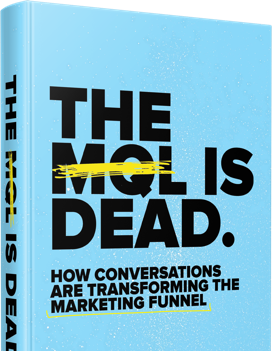
The State of B2B Buyer & Customer Experience
Drift and CustomerGauge reached out to 100+ B2B companies to assess the state of buyer and customer experience.
How do you stack up?
Take the report with you
Who We Surveyed
#2 IT & Software
Who Owns Customer Experience?
Despite emerging roles in customer success and customer experience (CX), many marketing and sales teams still own CX – from creating experiences to measuring success.

Navigating the Customer Lifecycle
Our survey dug into four key areas of the customer lifecycle: Attract, Onboard, Retain & Grow. Each section on this page addresses key milestones and touch points within this lifecycle.
Attract
Marketers are embracing the power of SEO and referrals to reach their demand goals.
But many are struggling to turn this demand into pipeline. The data shows why: Poor website and channel conversion and a lack of real-time engagement options on those channels.
Buyers are more independent than ever before. If marketers want to capture the traffic from their top channels, they need to enable buyers to start conversations on their terms.





Onboard
Nailing the customer onboarding experience is critical for two reasons:
- Onboarding sets the tone of your customer relationships.
- Onboarding lays the groundwork for your customer’s long-term success and retention.
Many respondents said their onboarding process is only somewhat effective in meeting retention goals. In response, B2B businesses are trying to simplify onboarding by limiting touchpoints, increasing communication between customer success managers (CSMs) and customers, and identifying key onboarding metrics.






Retain
In the survey, more than 72% of respondents said that retention was not only an important focus for their business, but a driver of growth.
But what exactly should companies measure to understand CX? And what do benchmarks tell us about customer experience best practices?
Let’s dive in






Grow
72% of respondents said retention was a growth driver for their business. Yet, 50% said they don’t know the ROI of their CX program. Unfortunately, this often results in CX being viewed as more of a fluff initiative versus a serious business investment.
In this final section, we asked respondents about their company buy-in for CX, obstacles they faced in getting that buy-in, and how they track the ROI of their CX program.





